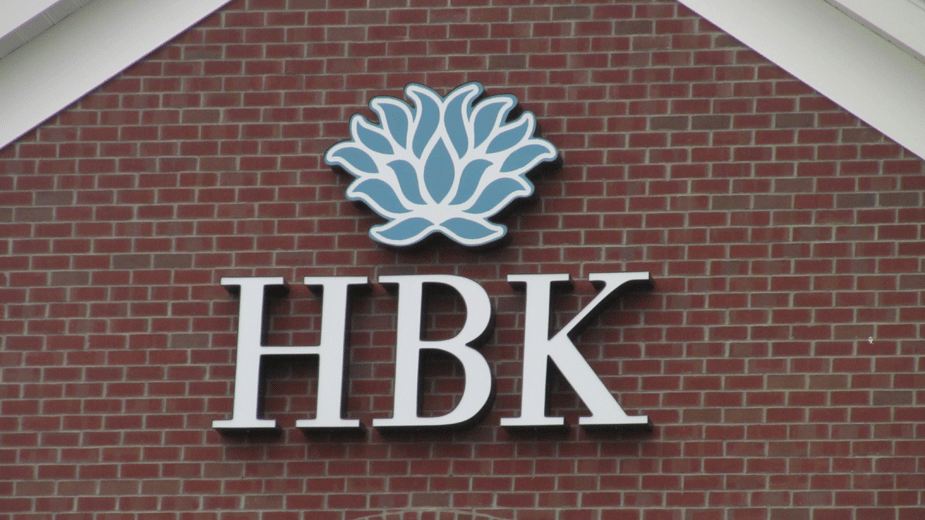HBK Breaks Down What’s in $2T Relief Act Senate Passed
By James M. Rosa, Principal and CPA, Hill Barth & King
YOUNGSTOWN, Ohio — Late last night, the U.S. Senate approved an historic economic rescue plan, $2 trillion relief bill known as the Coronavirus Aid, Relief, and Economic Security (CARES) Act.
The act calls for $250 billion for direct payments to individuals and families, $350 billion in small business loans, $250 billion in unemployment insurance benefits and $500 billion in loans to distressed businesses.
The House is scheduled to vote on the legislation Friday. President Trump urged Congress to act “without delay” and said he would sign the legislation immediately.
The CARES Act includes the following provisions:
Direct Payments to Individuals: If passed, the Act would include payments to lower- and middle-income individuals of $1,200 for each adult (up to $2,400 for a married couple) and $500 for each child. Individuals who earn $75,000 or less and married couples earning $150,000 or less in adjusted gross income are entitled to the full payment. The payment would be reduced if income exceeds these amounts, phasing out entirely at $99,000 for singles, and $198,000 for couples without children. The income thresholds would be based on 2019 income tax returns, or 2018 if a 2019 return has not yet been filed.
Expansion of Unemployment Insurance: The act would also extend coverage for unemployment insurance to four months, and increase the eligibility and amount provided by an extra $600 per week.
Limits and Oversight: There would be additional oversight on how companies use government loan funds, protecting workers and preventing companies from providing executive bonuses.
Paycheck Protection Program: The act would increase the government guarantee of loans made for the Payment Protection Program under section 7(a) of the Small Business Act to 100 percent through Dec. 31, 2020. It would increase the maximum 7(a) loan amount to $10 million through December 31, 2020, and provide a formula by which the loan amount is tied to payroll costs incurred by the business to determine the size of the loan. The Act specifies allowable uses of the loan include payroll support, such as employee salaries, paid sick or medical leave, insurance premiums, and mortgage, rent, and utility payments. Any loan amounts not forgiven at the end of one year (as discussed below) would be carried forward as an ongoing loan with a maximum term of 10 years, and maximum interest rate of four percent (4%). The 100 percent loan guarantee would remain intact.
Loan Forgiveness: The act would establish that the borrower will be eligible for loan forgiveness equal to the amount spent by the borrower during an 8-week period after the origination date of the loan on payroll costs, interest payment on any mortgage incurred prior to February 15, 2020, payment of rent on any lease in force prior to Feb. 15, 2020, and payment on any utility for which service began before Feb. 15, 2020. The amount of eligible loan forgiveness would be reduced proportionally by any reduction in employees retained compared to the prior year and reduced by the reduction in pay of any employee beyond 25 percent of their prior year compensation. To encourage employers to rehire any employees who have already been laid off due to the COVID-19 crisis, the Act provides that borrowers that re-hire workers previously laid off will not be penalized for having a reduced payroll at the beginning of the period.
Employee Retention Credit: This provision would provide a refundable payroll tax credit for 50 percent of wages paid by employers to employees during the COVID-19 crisis. The credit would be available to employers whose (1) operations were fully or partially suspended, due to a COVID-19 related shut-down order, or (2) gross receipts declined by more than 50 percent when compared to the same quarter in the prior year.
The credit would be based on qualified wages paid to the employee. For employers with greater than 100 full-time employees, qualified wages are wages paid to employees when they are not providing services due to the COVID-19-related circumstances described above.
For eligible employers with 100 or fewer full-time employees, all employee wages qualify for the credit, whether the employer is open for business or subject to a shut-down order. The credit would be provided for the first $10,000 of compensation, including health benefits, paid to an eligible employee. The credit would be provided for wages paid or incurred from March 13, 2020 through December 31, 2020.
Delay of Payment of Employer Payroll Taxes: This provision would allow employers and self-employed individuals to defer payment of the employer‘s share of the Social Security tax that they would otherwise be responsible for paying to the federal government with respect to their employees. Employers are generally responsible for paying a 6.2 percent Social Security tax on employee wages. The deferred employment tax would be paid over the following two years, with half of the amount required to be paid by December 31, 2021 and the other half by December 31, 2022.
Additional Business Tax Provisions: The following would be changes to the tax code aimed to assist businesses with cash flow:
- Increase to the net operating loss (NOL) carryback period to five years for NOLs arising in 2018, 2019, or 2020
- Modification to the limitation on losses for taxpayers other than corporations
- Make corporate alternative minimum tax credits immediately refundable
- Increase the limitation on business interest expense from 30 percent to 50 percent
- Technical correction to allow for the immediate write off of qualified improvement property
- Temporary exception from the alcohol excise tax for alcohol used in hand sanitizer
- Increase to the corporate income limitation on charitable contributions to 25 percent
Additional Individual Tax Provisions: The following would be changes to the tax code aimed to assist individual taxpayers and families:
- Waiver of the 10 percent early withdrawal penalty for distributions up to $100,000 from qualified retirement accounts, income would be subject to tax over three years, and the taxpayer may recontribute the funds to an eligible retirement plan within three years without regard to contribution limitations
- Waiver of the required minimum distributions rules for 2020
- Allowance of a $300 above-the-line deduction for charitable contributions
- Elimination of the income limitation for charitable contributions
Since this is a developing story, we will continue to provide additional information as it becomes available. If this act is signed into law, we will be providing a more comprehensive overview of these provisions and what they may mean for our clients. If you have any questions, or would like to discuss any of these provisions, please contact your HBK adviser.
Editor’s Note: The author, James M. Rosa, is a principal in the Tax Advisory Group in the Youngstown office of HBK CPAs & Consultants and has been with the firm since 1986. He has extensive experience in personal and estate planning, charitable planning, tax-exempt organizations and individual tax and financial planning.
Copyright 2024 The Business Journal, Youngstown, Ohio.



